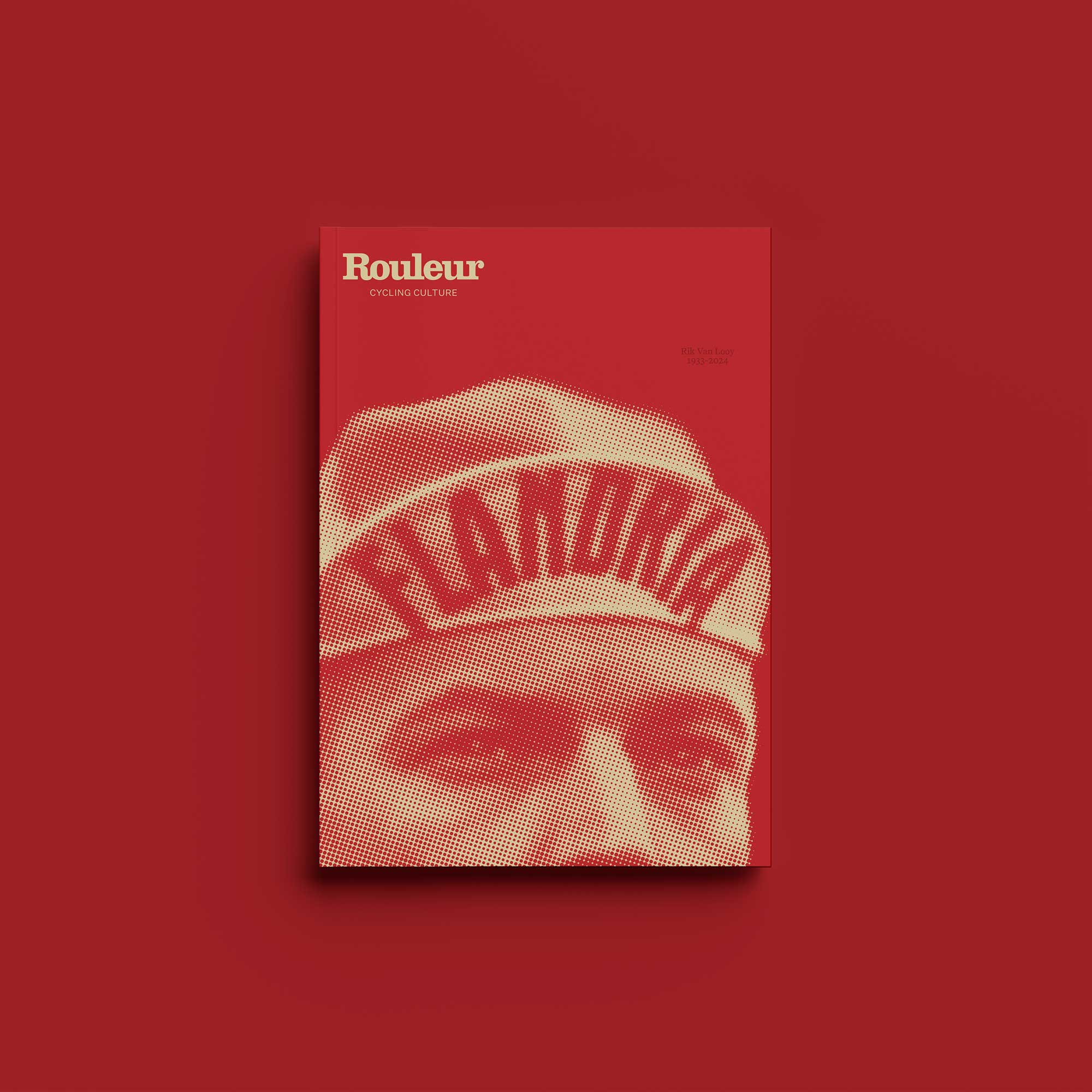There’s always talk of who is the rider in charge of the peloton during major stage races. Lately various names have been bandied about, which is a sign in itself that there isn’t really one guy who is the boss; a consequence of race radios no doubt and decisions on what happens on the road being taken back in the cars and no longer face-to-face.
When Bernard Hinault raced, there was no doubt who was deciding when, where and how the day’s proceedings would be conducted. He was. And there was no discussion, no wavering and no questioning of his authority.
Read: Why you don’t want to get on the wrong side of Bernard Hinault
Nobody voted for Hinault to take control, as being le patron isn’t a democratic process and it’s not a popularity competition either. Being liked never was on the Breton’s radar. Nope, Bernard Hinault was like a dictator, the definitive alpha male amongst all those other alpha males whose talent, aggression and, most of all, presence were slightly inferior.
In any other period, characters like Francesco Moser, Giuseppe Saronni, Freddy Maertens or Sean Kelly would have been the ones everybody looked to for some guidance, but all of them paled into a secondary role when Hinault was present.
Even his nickname, Le Blaireau, wasn’t exactly a term of endearment, but did he care? Not one jot.
Of course, having a dominant character, inflated ego and an abundance of determination and arrogance are only a few of the attributes that the patron displays. He also needs the talent and strength to impose himself on a peloton which is full of pretenders to his throne.
Read: Culture Clubbed – Philippa York on cycling style
The Frenchman managed the situation the way the others before him did: through a mixture of intimidation, having a solid team who could be counted on to keep things under control and, if circumstances called for it, by personally hurting everyone in a show of sheer strength and then ceremoniously sitting up and asking if that was enough, or did anyone want the ridiculous speed to last a little longer?
Usually no one did, but if they hadn’t quite got the message that now wasn’t the time for the competition to be happening, then Hinault would dish out the pain again just to reassure us that he wasn’t bluffing.
I know from personal experience, when I was told by my directeur sportif to ignore the truce that had been called by Hinault’s team and to counter attack. Hinault soon brought me to my senses by passing at a far superior rate of knots then looking back and snarling. Physically challenged and mentally knocked back, I returned to the pack and licked my wounds, though the guys in the team car who had thought up the hare-brained move seemed pleased that I was either naive or dumb enough to do their dirty work of upsetting the race leader.
Vuelta 1983: How Hinault’s victory changed 80s cycling
In most races with Le Blaireau there wasn’t much to be done when he could time-trial better, sprint better and climb better than everyone else. It was easy to understand why he was so arrogant, so self-important, because quite frankly it must have been easy most of the time. With all the weapons in his toolbox, quite often the decision of when and how the race would be won can’t have been a complicated decision to make.
When he was directed by Cyrille Guimard, how he used his resources was more carefully managed, but even the headstrong Hinault would throw caution to the wind and crush everyone – as much a show of strength as a reaction to being told what to do from the car.
For mere mortals like myself, who only had one top-level piece of talent, there weren’t many situations where I could compete with Hinault, but since he never showed those who were inferior any mercy then one sniff of weakness from the five-time Tour de France champion and I would return some pain and discomfort in his direction. It wasn’t often, mind, but it had a certain satisfaction when you saw him suffering similarly to how he made us suffer almost every other day.
The announcement of when he would retire was typical of the man. He chose the date and there was no wavering or doubt. It’s not like he was physically worn. He was still more than capable of winning big races.
Probably the most remarkable thing I found about the whole ‘no more racing’ thing was that afterwards he turned into a normal human being.
Read: Merckx, Burton and Colnago inducted into the Cycling Hall of Fame
The bravado gradually died away, he became almost statesman-like. Sure there was the occasional reminder of his past, like the ejection of the protester from the 2008 Tour stage during the end of podium ceremonies, but he calmed down to being a warm, genuine and settled individual. That’s something you would never have imagined saying about the man who stood, iconically, in the front row of the rider protest at Valence d’Agen in 1978.
The post Philippa York column: who’s the Patron? appeared first on The world's finest cycling magazine.






























